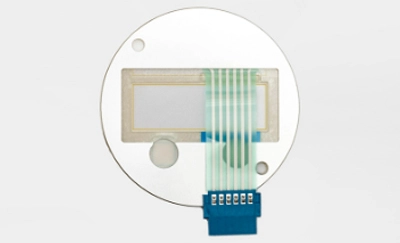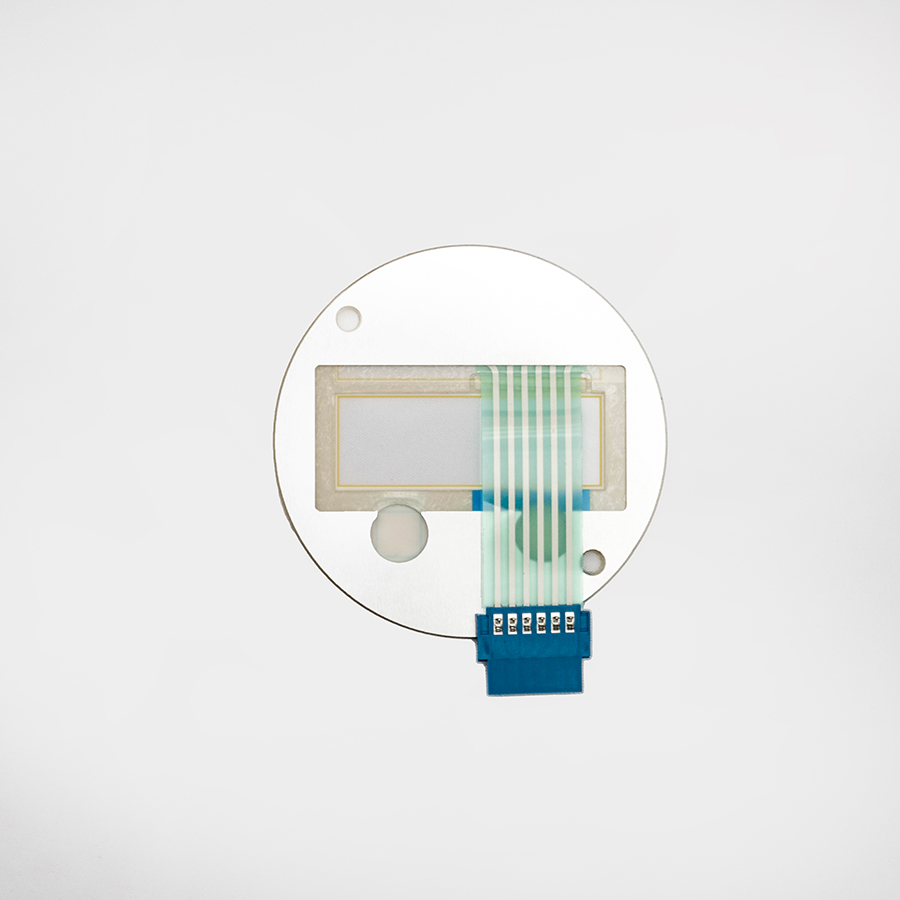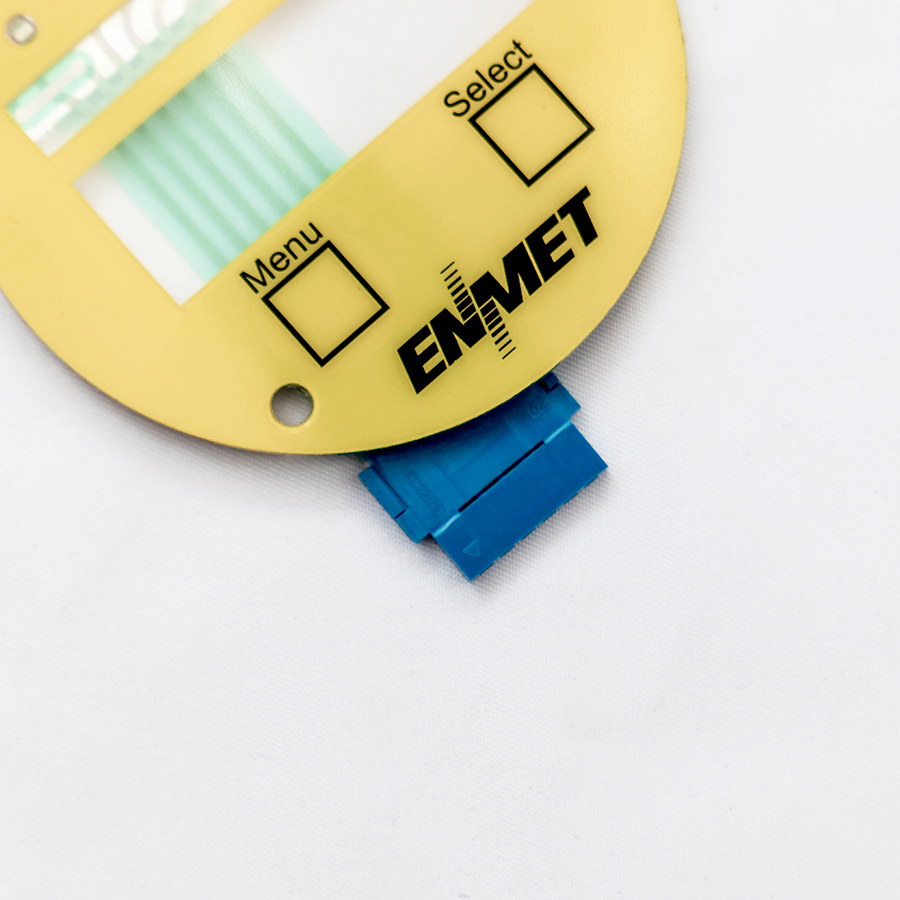
Membrane switches are commonly used in a variety of applications, including:
Consumer electronics: remote controls, calculators, and appliances
Medical devices: blood glucose meters, ventilators, and patient monitors
Industrial controls: machine and process controls, test equipment, and HVAC controls
Automotive: audio systems, navigation systems, and climate control systems
Security systems: access control systems, burglar alarms, and fire alarms
Telecommunications: telephones, answering machines, and caller ID devices
Point-of-sale systems: cash registers, credit card terminals, and barcode scanners
Membrane switches offer several advantages, such as durability, ease of cleaning, resistance to environmental conditions, and customizable user interface design.



1. Durability: Membrane switches are designed to withstand repeated use and are highly resistant to wear and tear. This makes them an ideal choice for consumer electronics that require frequent interaction from users.
2. Customizability: Membrane switches can be customized to meet the specific design requirements of consumer electronics, including size, shape, graphics, and tactile feedback. This allows membrane keypad manufacturer to create a unique user interface that meets the needs of their customers.
3. Low Cost: Compared to other types of switches, membrane switches are relatively low in cost and are suitable for mass production. This makes them an attractive option for consumer electronics manufacturers that need to produce large volumes of products at a low cost.
4. Ease of Cleaning: Membrane switches are easy to clean and are resistant to the buildup of dirt and grime. This makes them a good choice for consumer electronics that require frequent cleaning, such as remote controls and home appliances.
5. Ease of Assembly: Membrane switches are easy to assemble, which can reduce manufacturing time and costs. This can be especially important for consumer electronics that require quick turnaround times to meet market demands.
6. Reliable Operation: Membrane switches are designed to provide reliable and consistent operation, making them a dependable choice for consumer electronics products.
7. Lightweight: Membrane switches are lightweight, making them ideal for consumer electronics products that are designed to be portable.
8. Flexibility: Membrane switches are flexible, which allows them to be integrated into consumer electronics products with a variety of shapes and sizes.
Overall, the combination of durability, ease of cleaning, cost-effectiveness, customizable design, reliable operation, lightweight, and flexibility makes membrane switches a popular choice for consumer electronics products.